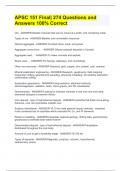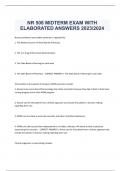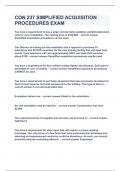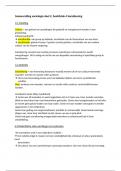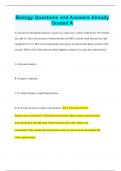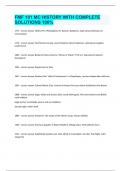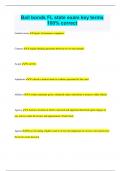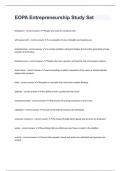Tentamen (uitwerkingen)
APSC 151 Final| 274 Questions and Answers 100% Correct
- Vak
- Instelling
APSC 151 Final| 274 Questions and Answers 100% CorrectAPSC 151 Final| 274 Questions and Answers 100% CorrectAPSC 151 Final| 274 Questions and Answers 100% CorrectAPSC 151 Final| 274 Questions and Answers 100% Correct Ore - ANSWER-Metallic minerals that can be mined at a profit, rock containing met...
[Meer zien]
